Generally, the medium used to detect air leakage in aluminum alloy wheels is water. The inner and outer sides of the aluminum alloy wheels are sealed by external force, and the whole wheel is immersed in water, and then air is injected into the inside of the aluminum alloy wheel. As the aluminum alloy wheel is a closed space, the entry of air will make the pressure inside the space rise, and if there are loopholes in the aluminum alloy wheel, the gas will be squeezed out from the loopholes and form obvious bubbles in the water. This method is generally called the bubble detection method.
At room temperature and atmospheric pressure, helium is a colorless, odorless gas and is the substance with the lowest critical temperature ever discovered by man. Helium is a monatomic gas and is chemically inactive. Generally, helium does not produce compounds, but can be excited in low-pressure discharge tubes to form He+2, He plasma and molecules, which are widely used in military, scientific research, petrochemical, refrigeration, medical, semiconductor pipeline inspection, superconductivity experiments, metal fabrication, deep-sea diving, high-precision welding, and production of optoelectronic products. Since helium is an inert gas, it will not corrode the equipment application of helium mass spectrometry detector, can automatically distinguish the testing qualified and unqualified aluminum alloy wheels to different places, so as to reduce the quality risk of tires and prevent the safety hazards caused by tiny air leakage.
First, the aluminum alloy wheel to be tested is sent to the specified position through the automatic running track, and the aluminum alloy wheel is centered and positioned, and the wheel is grabbed by the lifting and rotating manipulator onto the testing platform and waits for testing.
Then, when the inspection platform detects a workpiece, the seal cover will be automatically closed; when the seal cover is lowered to the bottom, the booster cylinder above the seal cover will get a signal and an angled rubber pad inside the seal cover will be lowered under the action of the booster cylinder to seal the upper and lower part of the wheel. The pressure of the booster cylinder must reach 280kg-300kg to ensure that the gasket can be effectively sealed.
Under the pumping force of the vacuum pump, the one-way connection to the vacuum pump will be automatically opened to pump the vacuum inside and outside the cavity. The vacuum value inside and outside the wheel reaches 012 mbar, and then the one-way valve is closed. When the vacuum reaches the set value of the equipment, the equipment will automatically input the test gas to the outer cavity of the wheel hub through the pressure valve within the specified time, in which helium accounts for 10%-12% of the test gas, the test pressure is 2500mbar~3000mbar test gas is kept in the sealed vacuum chamber for about 6s, the one-way valve connected to the mass spectrometry leak picker will open, if the aluminum alloy wheel hub If there is a leaky hole in the aluminum alloy hub, the helium molecules will enter the mass spectrometry leak detection analyzer through the leaky hole in the hub via the one-way valve for analysis, and the one-way valve will be closed after opening for a certain time to prevent the air from entering the mass spectrometry leak detection analyzer and causing damage to the mass spectrometry leak detection analyzer.
Finally, according to the comparison between the value of the mass spectrometry leak detection analyzer and the set value of the equipment, the system will determine whether the aluminum alloy wheels meet the basic quality requirements of the application, and automatically distinguish the qualified and unqualified tires, and place them in different turnover lanes and then after the test is completed, the recovery pump will recover the excess detection gas to complete the whole process of testing.
JWHEEL is using helium testing technology to improve product quality with efficient testing methods.
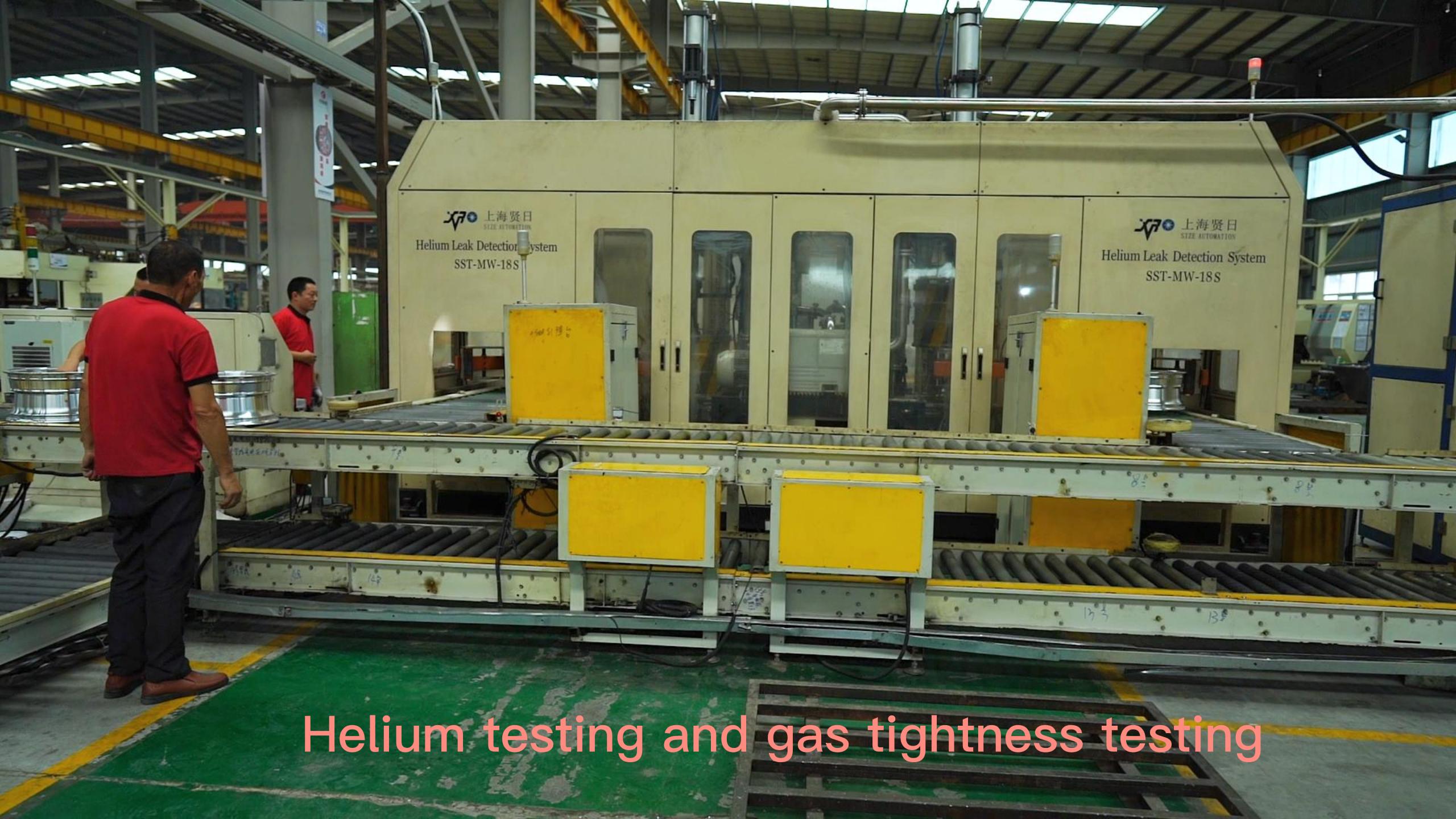
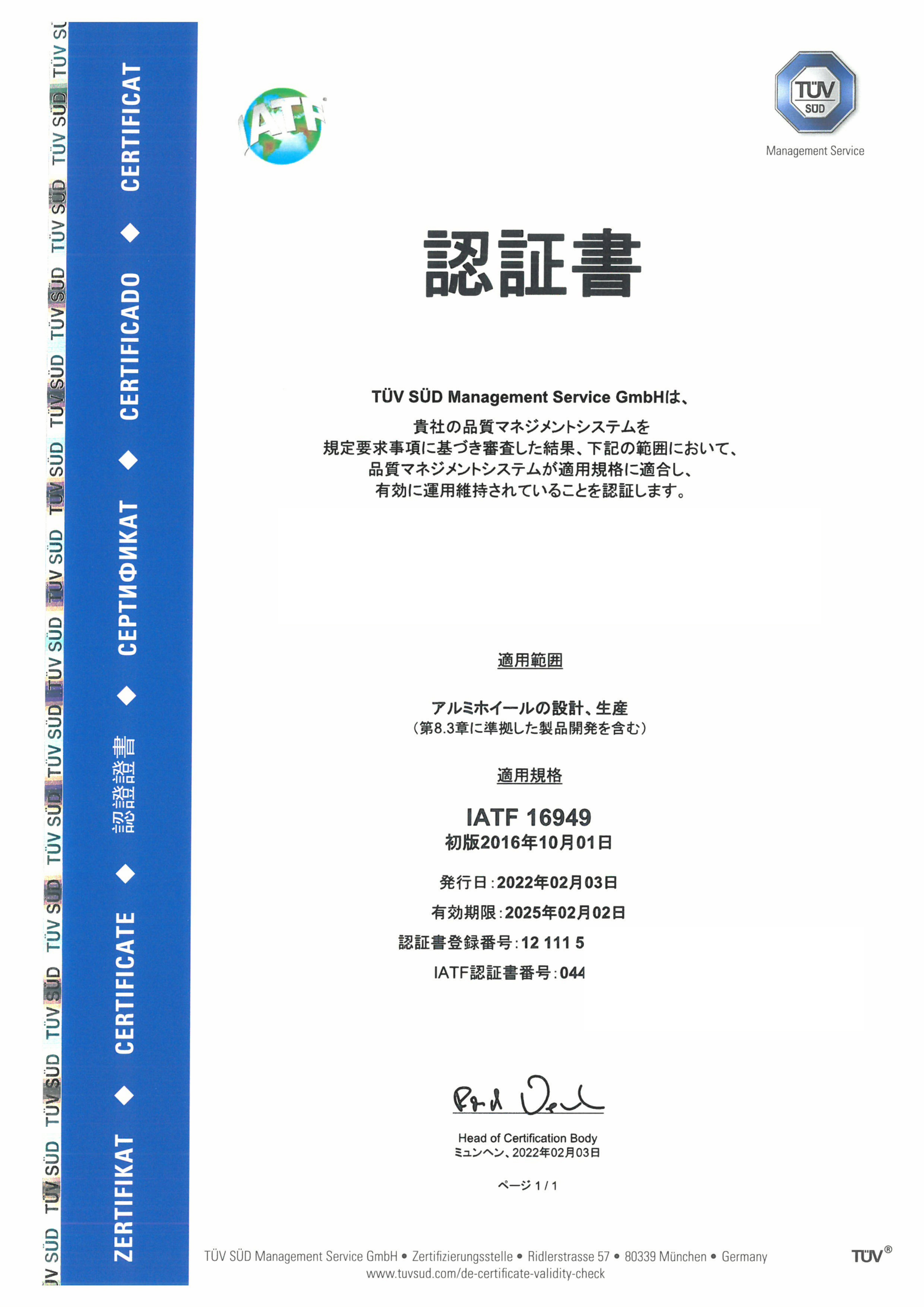
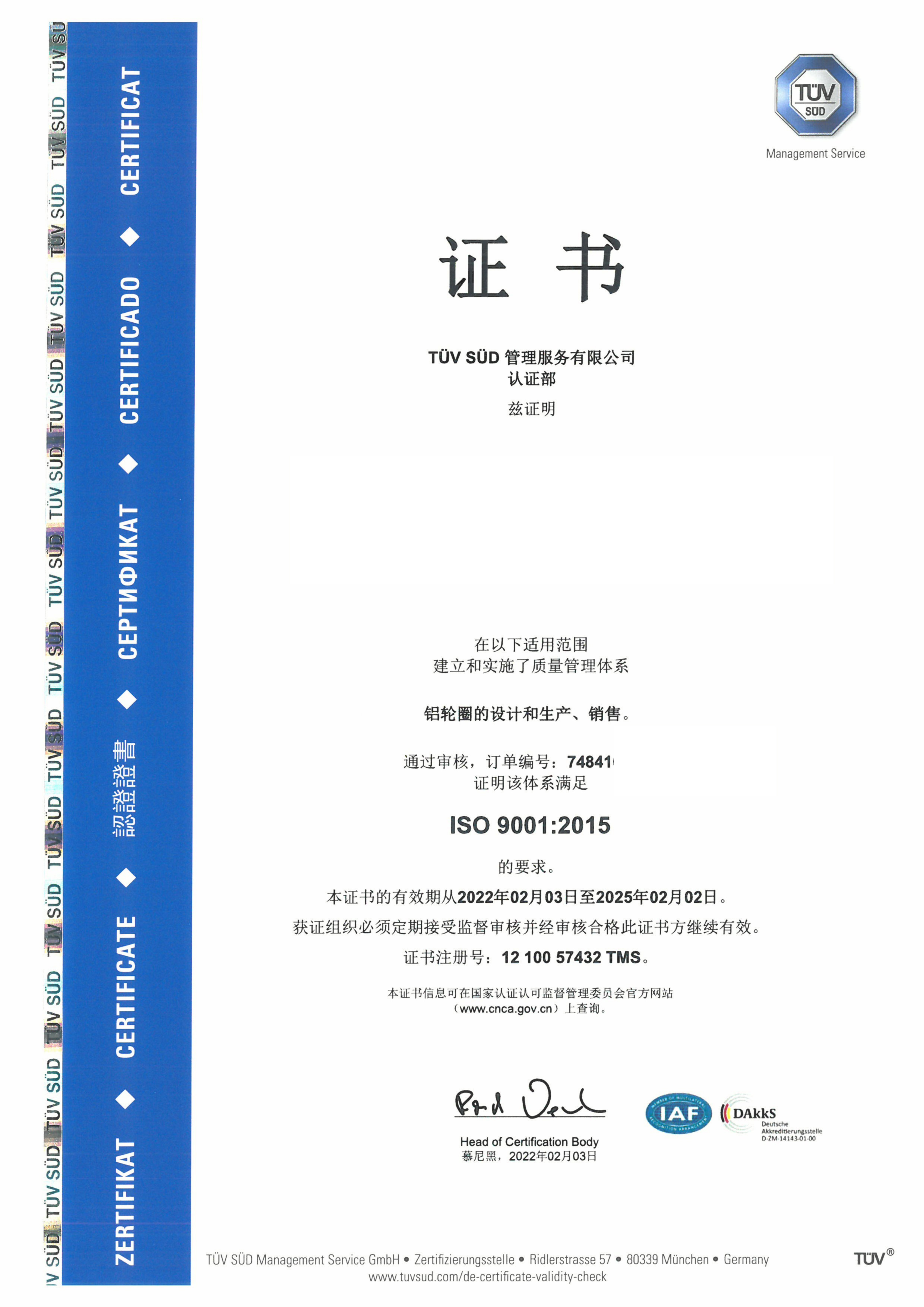
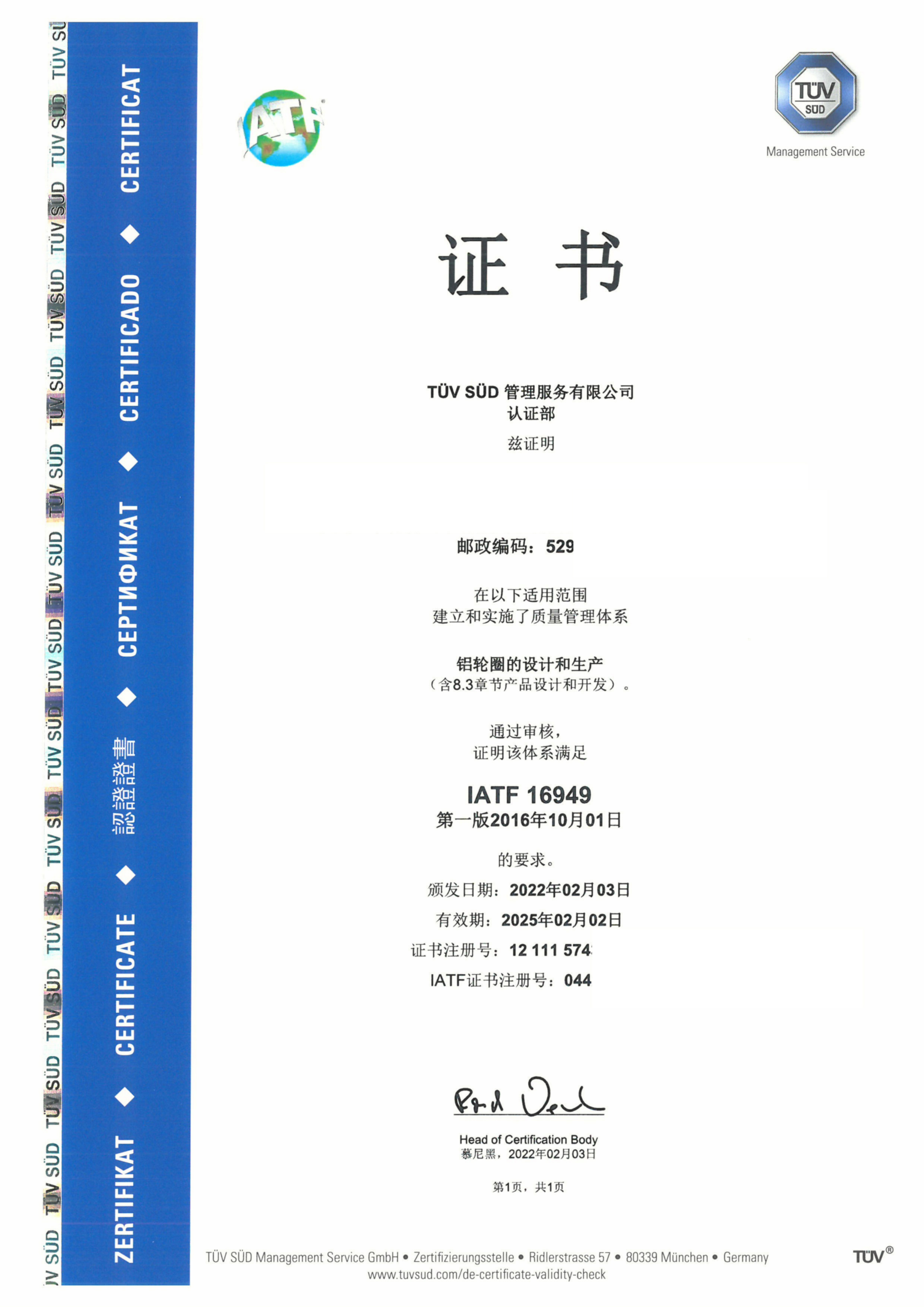
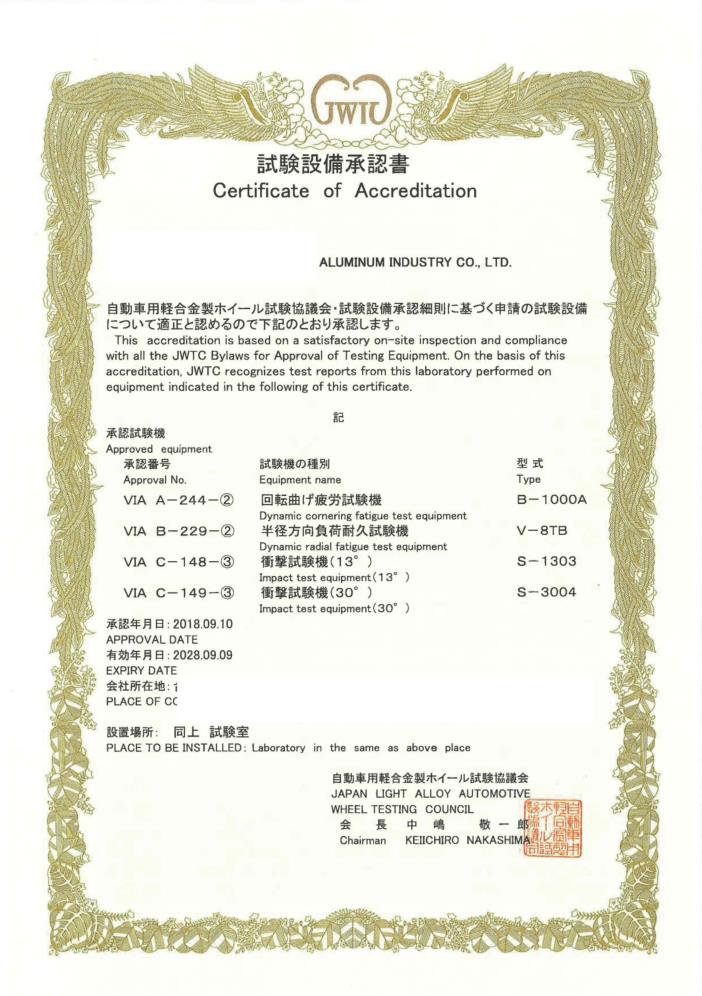
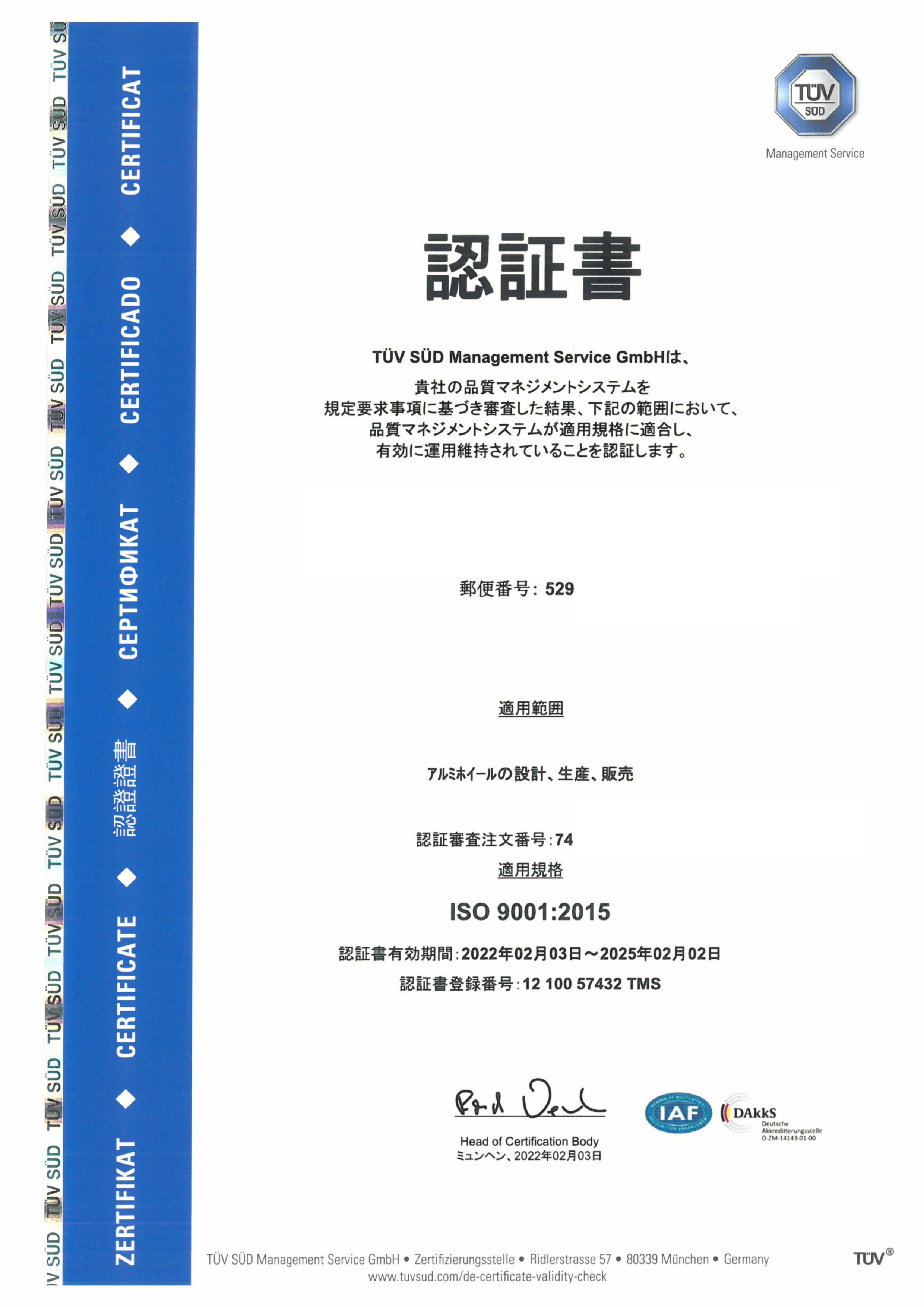
Contact Us
Leave A Message
Recommended